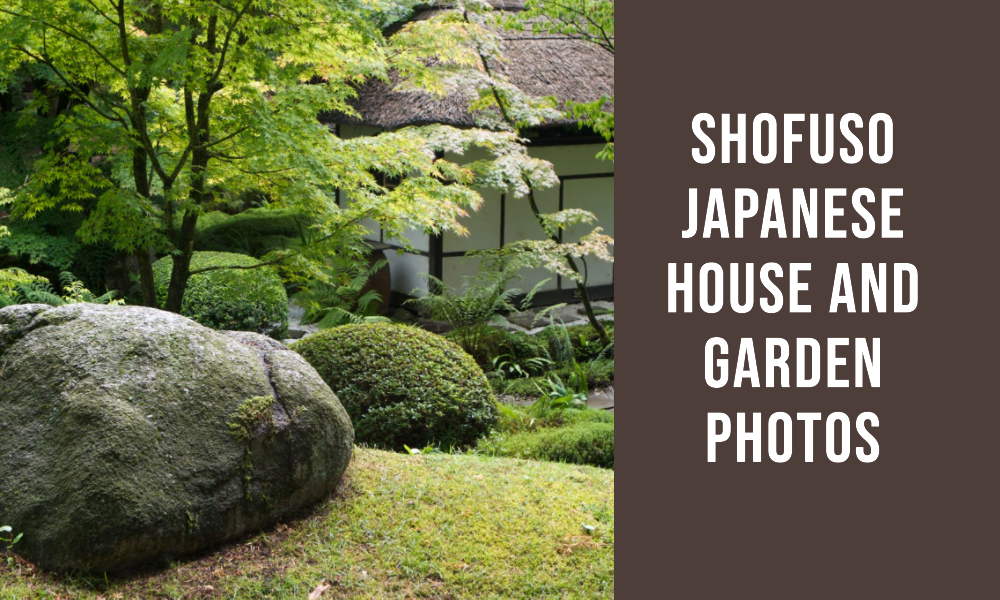There is a plethora of flowers, trees and plant life that bloom at different seasons of the year, not just during the spring or summer months.
With a carefully executed garden plan, your yard doesn’t have to look bleak and dreary during the cooler months of winter.
A landscaping expert in Liberty Township, OH shares a few easy-to-follow tips to help you start and keep a garden that looks jaw-droppingly beautiful throughout the year.
1. Clean up your yard
Grab your gardening gear and cleaning tools and conduct a spring cleaning session.
Remove weeds and other unwanted elements. If there are existing plants in your garden, this is the perfect time to decide which ones should stay and which ones should go or be relocated to another section of your yard.
The cleanup period is also the ideal time to observe your garden plot. Make a note of which sections of your yard receive the most sunlight, rain or even wind. You will need this information to devise your garden plan and shop around for plants.
2. Decide which seasons are a priority
Before you start buying plants, it is important to think ahead and consider what you are planning to do throughout the year.
Although you may want to have flowers that bloom at different seasons, you will also need to consider the amount of work that goes into making them thrive.
Maybe you’re planning to spend the winter months elsewhere. Or perhaps the winters are brutal in your area so you won’t want to step outside your home at all during the winter cold.
If this is the case, you won’t have time to take care of your plants. You will need to pick out winter plants that require minimal tending and maintenance, or even settle for a less vibrant garden during this time.
An alternative is to invest in plants that can bloom during the “less important” seasons and place them near the front door of your home. In the event that you are home, you can still see some plants blooming whenever you come in or head out.
3. See what’s available
Visit your local nursery and see what plants are available. You can also ask your landscaper for advice on what plants are recommended for your area and for particular seasons. Imported species may seem more exciting but local varieties are easier to care for.
Consider how much space your plants will need to grow. The garden phlox, for instance, requires more room to grow and may not thrive in a crowded plot of soil.
4. Create layers
Choose a variety of plants in different shapes and sizes. Experiment with plants of varying heights.
For instance, you can have box balls placed along the bed of your yard. Along the fences or the end of the bed, you can plant yew pyramids.
Consider how tall the plants will get when they fully mature. Be careful when it comes to picking out plants for your window and pathways as they may grow up obstructing the view or path.
If you have a smaller garden or if you are just starting out, stick with three colors. This will create a more organized look for your garden.
5. Add some structure
For this part of the process, you may need to ask for help from a local gardening expert. Residents of Houston may call on a Houston garden center near me.
Have backbone shrubs, hedges, trellises, large rocks or seats put in. These elements will add structure and texture to your garden.
Plant containers can also do the trick. They make great homes for smaller plants and make it easier to relocate plants when needed. Plus, their shape, color and design can add interest to various parts of your garden throughout the year.
Enjoy your garden all year
With a little bit of planning and TLC, you can create and maintain a stunning garden that will stay in bloom throughout the year.
Just follow these tips and experiment to see what masterpiece you can create and enjoy in your home outdoor space.




